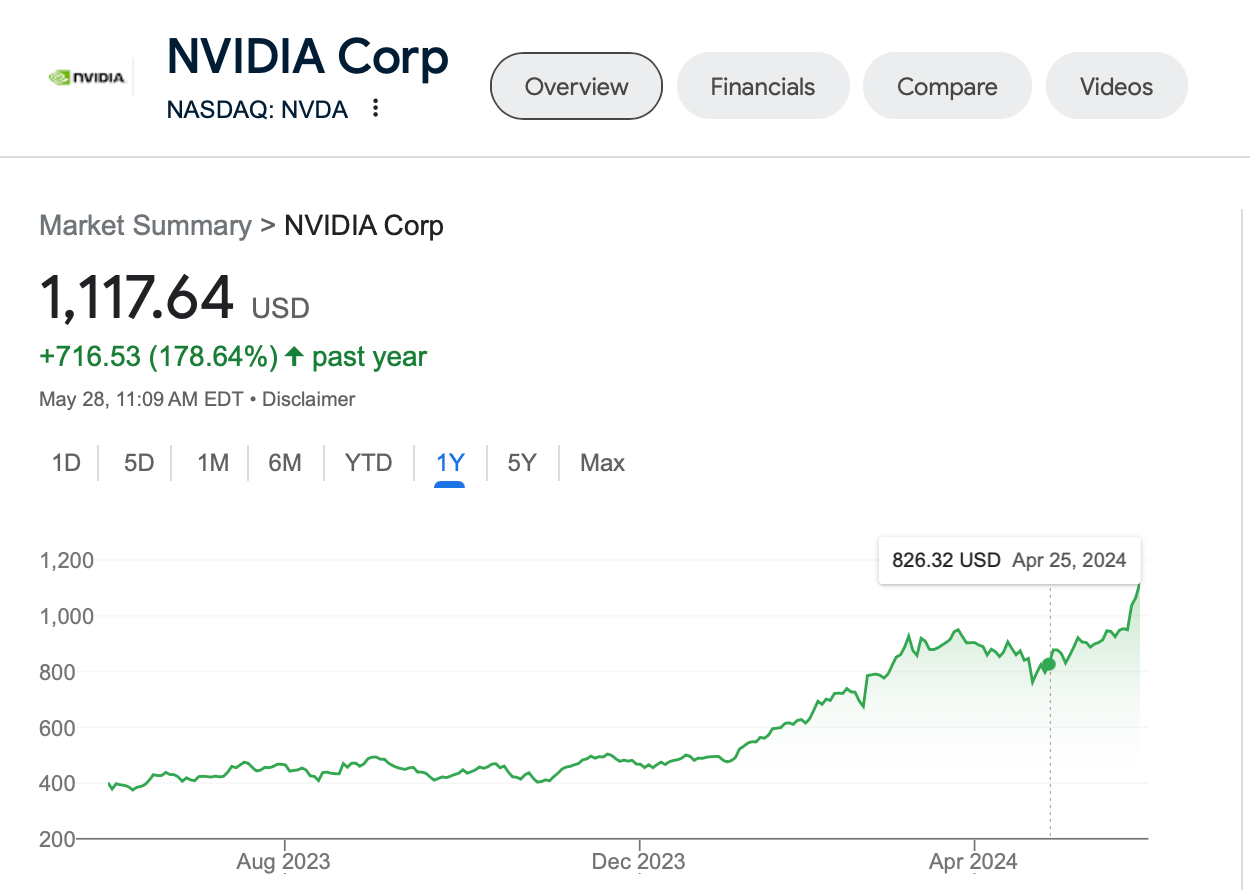What Do Tomorrow's Cities Look Like Today?
Technology has changed real estate in the past 12 months.
Today we are celebrating the 1 year anniversary of The LineUp! Thank you for all your support and for reading. We want to capture what matters to you in our weekly posts, so send us a note if there are any topics you think would be interesting to cover. You can email Gretchen, our producer at info@pughmgmt.com.
To commemorate our one-year anniversary, we thought it would be fun to look back on an old post and revisit how technology continues to further permeate our daily lives—and the implications it has for real estate.
“What Do Tomorrow’s Cities Look Like Today” is a very big topic. In this post we try to capture the trends moving the needle. The city is a dynamic system always changing, growing, and/or shrinking. Much of what we spoke about in the post from 12 months ago has continued and even expanded to absorb and impact more of our society and economy. (The previous post is at the end of this one if you’re curious)
AI, Hyperscale Data Centers, & Merchant Nuclear
This year we have seen the rise of Artificial Intelligence (AI) across our culture and into our business settings. The integration of AI into our workflows and our jobs has only just begun, but it has already set off an arms race with the biggest tech companies racing to build “Hyperscale” data-centers.
A hyperscale data center is a facility which houses critical compute and network infrastructure. These data centers can exceed 1 MSF+ typically and house more than 5,000 servers. These massive requirements are necessary to provide the compute power required to support widespread use of AI across our society.
The demand for advanced semiconductors from companies such as Nvidia (#NVDA) has led to wide scale shortages and a massive spike of their stock, up more than 175% in 1 year. The massive tech companies building data centers include Google, Meta, Microsoft, Amazon, and Apple. The construction of data centers is expected to draw massive amounts of resources. The biggest demand from these computing hubs is for power (electricity). It takes a massive amount of power for data centers to operate.
Data centers already represent 1 percent of the world’s power demands, that is expected to dramatically increase as more AI data centers come online.
One company focused on sustainability is Meta where renewable energy powers 100% of their data centers.
The White House recently announced its support for the use of nuclear power for data centers.
And the concept of Merchant Nuclear Plants has now raised the idea of private companies, such as NRG, Vistra, and Constellation Energy, building, owning and operating power plants adjacent to or onsite at big tech’s new data centers to provide them with power. One recent example is the new Amazon Web Services 1,200 acre data hub, Cumulus, in Berwick, PA. It is connected to the 2.5 GW Susquehanna Steam Electric Station (a nuclear plant). It bought this from Talen in early 2024. This is a trend to follow.
Infrastructure for the Rise in Electric Vehicles
In today’s cities, not only is there a shortage in the power grid, but there is also a shortage in charging station infrastructure for Electric Vehicles (EV’s). Many consumers have cited a lack of infrastructure as a reason for not buying an EV, in addition to their significantly higher prices than internal combustion vehicles (regular cars). The cities of tomorrow will require more investments in EV and public transportation to allow our country to grow and to keep up with our competitors…how to do that is a matter of public policy.
Tesla stock has tanked this year and the big automakers Ford, Chevy, Mercedes, have noted there is a lack of demand for EV’s. It seems this slow down in the uptake of EV’s, but only time will tell how the required infrastructure gets put in place and what the implications are for real estate.
Drone Delivery

Drone delivery continues its slow trajectory toward reality. Companies like DroneUp, Zipline, and Wing deliver to people everyday already. Tens of thousands of deliveries get everything from lunch time goodies to light bulbs via drone. Where is the one in my neighborhood?The Federal Aviation Administration continues to provide new clearances to fly across the country. According to Tom Walker, CEO of DroneUp, “High now, today, we reach about 4 million people in seven states in America.” DroneUp just shared they have agreements with Chik-fil-A, Walmart, and 7-11 to deliver to peoples doorsteps in not days, but in “less than 30 minutes”. The use of drones will of course impact demand for and design of our distribution centers. The locations, the sizes, etc will all change as this continues to grow as a way for retailers to distribute goods.
Other Areas of AI Impact on Real Estate Today
There are a variety of trends in the use of AI in real estate we should note. They include:
Use of AI for data analysis to identify markets for investments
Create multiple versions of a design concepts quickly
Determine the maximum buildable square footage for development
Analyze and draft legal docs, such as LOI’s, leases, etc.
Chatbots for zoning analysis to determine buildable square feet and uses (Pillar is a company to check out)
Operating data collection using the Internet of Things then to track and analyze utilities and other property data for cost optimization and improved management
So over the next 12 months we will look to explore some of these topics that are shaping our industry. Of course we will look at them through the lens of real estate entrepreneurs and how we can use them to compete and improve our businesses.
Looking forward to the next 12 months with you! Cheers, John
On a related topic, we are excited to announce the release of the latest version of Breaking New Ground!
This is a podcast where we explore real estate entrepreneurs journey’s, how they got started and how they intend to grow. Join Rachel Walters and I as we interview Antonia Botero, an architect turned developer in this week’s episode. She shares stories from her early days, to her latest expansion from owner’s rep, to developing her own multifamily and hospitality projects. Don’t miss it on Spotify! Link.
What We Are Reading:
Meta Investing in Sustainable Sources of Energy for New Data Centers
White House Announces Support for Nuclear to Power Data Centers
Breaking New Ground Guest - Developer Antonia Botero LinkedIn
The Celtics win! Derrick White hits a clutch 3-pointer to send the C’s to the NBA Finals…well that was pretty easy. I thought the Pacers would win at least one game! Onto the next one…
The Mav’s are dominating the Wolves..which I am not happy about. I wanted the Wolves to win since they are a young and fun to watch team. But the Mavericks, with Luka certainly have their own appeal. I am not sure they can beat the Celtics, but it might be a fun one to watch. Since it is a 3-0 series the Mav’s just need to close it out and move on.
Looking forward to seeing what happens in the draft in a few weeks. I still can’t believe the Hawks got the first pick. Until next week! John
Our Previous post is below…
Topics:
AI-assisted urban planning
Augmented reality + placemaking
Technological innovation has completely changed our day-to-day lives. It begs the question: What will tomorrow’s cities look like? Idealistic visions of tomorrow include sustainable floating cities and flying cars, but how do we get from here to there?
I recently read an article where AI was tasked with imagining how “overcrowding, climate change and technological development are likely to change the cities of the future.” The results were certainly impressive (more on that below).
It seems clear that artificial intelligence, coupled with other emerging tech (Apple is rumored to be releasing its own augmented reality headset later this year), has the ability to revolutionize both urban planning and placemaking.
That revolution won’t happen overnight, but it’s starting. Michelle Tan wrote a guest post on Thesis Driven describing how new tech is enabling real estate owners and operators to collect and leverage location data. AR tools will only enhance that data set and empower AI assistants to create more effective models for tomorrow’s cities.
Could large-scale data models and digital twinning, fed through AI intermediaries, be the key to developing these elusive sci-fi cities that run on sustainable energy and vertical agriculture? And how will AR change the way we interface with those cities in our day-to-day lives?
- John












